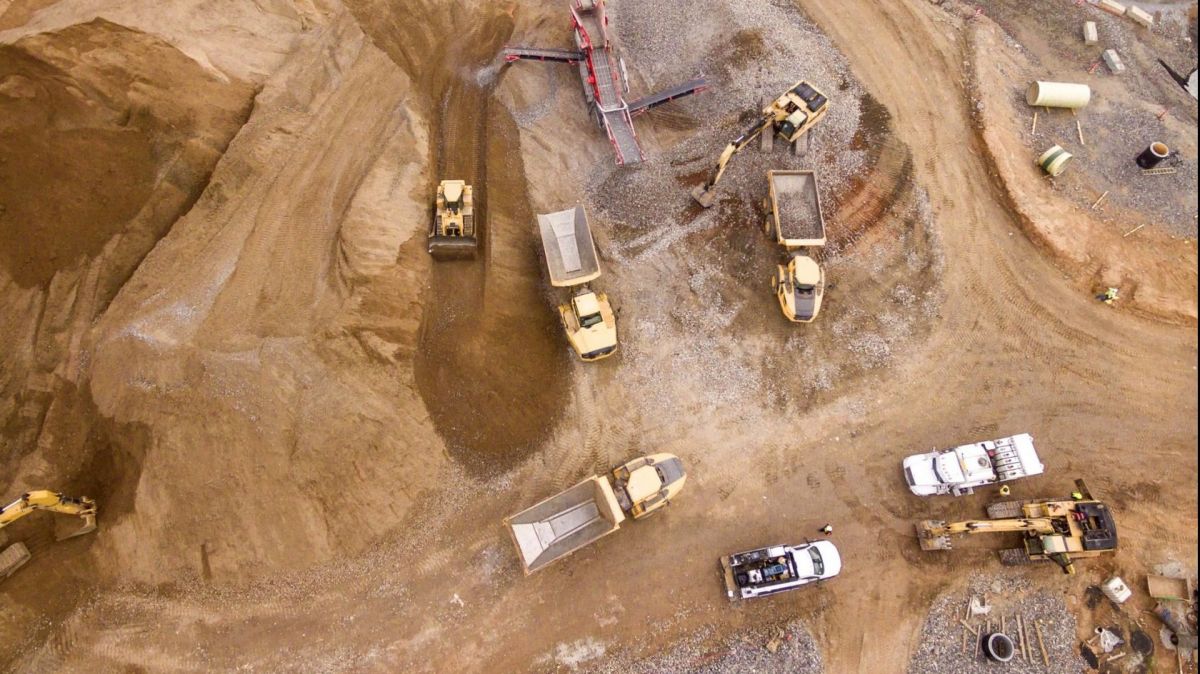The full extent of the present polemic concerning malfeasance in the granting of licences for the exploration of Lithium has yet to be uncovered and may well bring about the downfall of Ministries, Politicians and the Companies which lobbied them. Yet what is alleged to have happened in Portugal is but a drop in the ocean compared to the global practice of corruption in the mining industry where operators such as the Wagner Group abound. One thing that is certain is that the projects already set in motion will not falter for long and we will soon see the start of production at Barroso and seven other locations. There is too much “big money” at stake and too many web-weavers involved. The only hope of the protesting environmentalists is to modify the worst of the pending transgressions of the rural ambience and ensure that what may be produced will be sold for both peaceful use and public benefit.
The geology of Portugal is diverse and variable and hosts many differing minerals. This is usefully illustrated by the Mapa do Minério 2013-2023 (published via this link https://miningwatch.pt/mapadominerio/index.en.html ) which shows in detail the concessions granted, explorations in progress and information concerning the entrepreneurs and their aims. Less well-known substances are included e.g. rock salt, basalt, slate, marble and aggregates.

Before the spotlight turned to Lithium, it was copper which attracted allusions of being “the new gold”. Portugal has occupied a position as a leading exporter of this metal to Europe and beyond since the Iron Age. Most deposits are found in the Iberian Pyrite Belt (IPB) which occupies a swathe of land some 30 to 40 km. wide and stretching in an arc from Setubal through the Alentejo and onwards to Seville. It is presently considered to be a key mining region of Europe with large reserves (estimated to be in the region of 500 million tonnes) of volcanogenic massive sulphide ore. The application of geophysical techniques and 21st century equipment has resulted in successful exploratory drilling and enhanced production both in Portugal and Spain to meet a burgeoning demand.
The largest underground mine is situated at Neves-Corvo in the south-west of the IPB. It is owned by the Canadian Lundin Mining and operated through its subsidiary, Somincor, which it bought in 2006 after merging with EuroZinc Mining.
The plant is highly mechanized and uses a shaft to reach the 700m level from where conveyor belts serve the deeper parts of the mine. Ore is processed in two plants; the copper with a capacity of 2.8 million tonnes per annum and the zinc which can process 2.5 Mtpa. The concentrates are transported by a private rail link to Setubal for shipping to smelters. A much smaller quantity of lead is also exported in containers.
Changes in the world spectrum of supply for copper and other “green” metals has focused the attention of major competitors who want to open mines of similar size to Neves-Corvo. Surveys and studies are being carried out at a hot pace comparable to those made for lithium in the north with considerable support from consultants concerned with environmental impact. Here are three of the principal contenders - all Canadian.
1. Avrupa Minerals Ltd., is striving to start production at Sesmarias and is working in conjunction with the Australian Redfire MATSA group. More than fifty diamond drilled holes have revealed extensive deposits at levels from 150 to 400 m. which are feasibly accessible using open-cast methods.
2. To the north at Lagoa Salgada, Ascendant Resources Inc. of Toronto and its Portuguese subsidiary Redcorp have obtained a single exploration permit which covers 10,700 hectares. An Environmental Impact Assessment Report just completed claims that studies in excess of government requirements have examined all aspects of ambiental issues: in particular the impact on surface and underground aquifers and the provision of huge amounts of water which will be consumed in processing. A complementary project provides for the construction of a 30MW photovoltaic plant as a contribution to reducing carbon emissions.
3. EuroPacific Metals Inc. have obtained through EVX Portugal (a wholly owned subsidiary) the exclusive exploration rights to 328 square km. of the “Borba 2” concession in the southern Alentejo. Within this vast region are located numerous disused mines which are now to be re-opened. Chief among these is the Miguel Vacas open pit copper oxide deposit which is being given priority for exploitation with ten further holes having been drilled this year in the hope that production may begin in early 2025. Other promising sites at Mostardeira, Bugalho and Almogreira are found to have good potential for the recovery of both copper and gold.
There are many other locations within the IPB which experts believe to have great potential for exploitation due to the availability of the new ”cyber technology” but each will need to combat the same difficulties and irregularities which were encountered with Lithium concessions as Miners jostle with Influencers, Politicians and the machinery of licensing.
The Critical Raw Materials Act 2023 of the European Union applies rigourously to the export and import of the minerals described in the Mapa de Minério 2013 -2023. It seeks to prevent the formation of cartels which may concentrate the geopolitical powers of possessive nation states into positions of dominant economic and military control over the dispossessed. Its introduction has been severely criticized by academics and environmentalists across the EU for lacking the will and purpose to tackle the basic evil of corruption which is endemic in the mining industry. Their protests, which have been recorded in an open letter addressed to the EU President, Ursula von der Leyen, have particular reference in Portugal following disquiet caused by the revelations of Operation Influencer.










